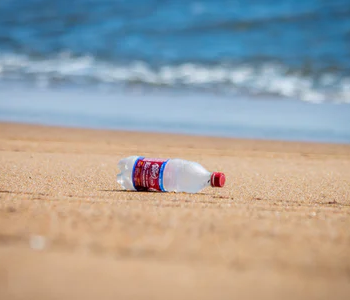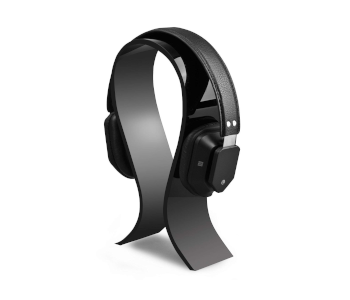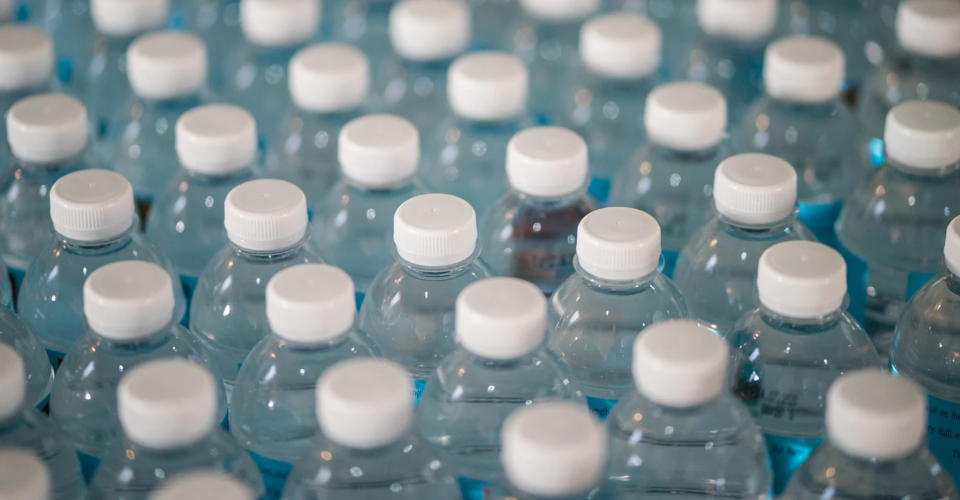The Types of Flexible Plastic Sheets and Their Uses
As one of the most versatile materials for commercial and industrial products, plastic is sold and uses in a virtually infinite number of forms. Consumers may be more familiar with plastic bags, shrink wrap, or any number of plastics products used for packaging of common products. At the industrial level, larger plastic formats are more common.
One common way to use plastic materials is as flexible plastic sheets. These are basically sheets of plastic that measure several feet across and thin enough to maintain good flexibility. This makes them quite versatile in how they can be used, yet convenient for transportation and storage. What exactly are flexible plastic sheets made of and how are they used?
What are flexible plastic sheets?
The term “flexible plastic sheet” provides enough definition of what they are. These sheets of plastic are typically sold and used in large format and can be rolled up during transportation and storage. There is a wide range of plastic materials used for plastic sheets, as well as colors, surface finishes, and additives that enhance their mechanical and chemical properties.
All things considered, flexible plastic sheets are nothing more than pieces of industrial plastic that are molded into sheets thin enough to maintain flexibility. It’s important to note that are such things as “rigid plastic sheets” which are deliberately thicker and stiffer.
Common materials and applications of flexible plastic sheets
There is an extensive range of plastics used to manufacture flexible sheets. To keep this article short, we will focus only on the more commercially relevant ones.
HDPE

High-density polyethylene may sound like a surprising material for flexible plastic sheets, given how it’s often valued for its rigidity. In the realm of flexible plastic sheets, HDPE is considered one of the least flexible.
Rigidity isn’t the only strength of HDPE. It is also known for its excellent chemical resistance and stability when exposed to UV. For these reasons, HDPE plastic sheets are often used as liners for chemical storage and food storage. Sheets made with HDPE are also commonly used as lining for outdoor facilities like playgrounds, gardens, and ponds.
LDPE
Low-density polyethylene is the most common plastic used for flexible plastic sheets on account of the fact that it’s very flexible. LDPE retains good flexibility even at sheet thickness values of up to 40 millimeters.
The main benefit of using LDPE is that it easily conforms to just about any geometry, making it ideal for the packaging of commercial products. However, it lacks the strength, tear resistance, and puncture resistance of denser plastics like HDPE and Polycarbonate. Unfortunately, this also means that most applications of LDPE treat the plastic sheet as disposable, thus adding significantly to global solid waste.
LLDPE
Linear low-density polyethylene is an extremely flexible plastic sheet material. In contrast to LDPE, LLDPE has higher tensile strength, superior puncture resistance, and even better conformability to different geometries. LLDPE sheets are rarely used on their own and are instead used as support linings for other applications or blended into other polymers to enhance flexibility.
Acrylic

If you’ve ever seen a flexible plastic sheet that was completely transparent, then there’s a good chance that it was made of acrylic. The aesthetic value of acrylic is quite enduring, resisting the deleterious effects of the elements such as rain, moisture, salt spray, or corrosive agents. They are fairly durable against scratches but can also be polished smooth if there are imperfections.
Acrylic sheets are very common. Typical uses include sight gauges, windshields, chair pads, safety shields, and protective covers.
Polycarbonate
Polycarbonate is quite similar to acrylic in that they transmit a good amount of light. They are only a little bit less transparent, however, but make up for it with superior durability. Acrylic sheets are very strong, durable against chips or cracks, and resistant to breakdown due to acids and solvents.
In many cases, polycarbonate is used as a lighter and more flexible alternative to glass. However, polycarbonate is quite expensive – it costs about twice as much as acrylic.
PVC
As one of the most widely used industrial plastics, it’s hardly surprising that Polyvinyl Chloride is also sold and used in flexible plastic sheet form. Extremely versatile and inexpensive, PVC sheets are used everywhere from product packaging to construction.
Aside from being strong and chemically stable, PVC provides good thermal, electrical, and sound insulation. As an abrasive-resistant material, customized PVC sheets have been used as inexpensive decorative skins for floors, walls, and countertops.
ABS

Acrylonitrile butadiene styrene is another material for flexible plastic sheets that is valued for its hardiness. It has good strength and toughness, is stable under UV exposure, and has good chemical resistance.
Compared to other industrial plastics, ABS is a more versatile, lower cost, general-purpose option for flexible plastic sheets. ABS is very commonly found in the trimmings of automobile interiors and household appliances
Other additives used to enhance flexible plastic sheets
In some cases, additives are used to create more variations of flexible plastic sheets from the same base material. Additives can also be introduced to enhance the physical and chemical properties of a plastic sheet, thus making them more appropriate for the intended use. These are some of the most common additives used in flexible plastic sheets:
Dyes or other coloring agents
The most basic reason to put additives in plastic sheets is to differentiate them by color. Using a combination of basic color pigments, just about any color can be achieved in plastic sheets. This is valuable for applications where visual appearance is important, such as in product packaging or interior design.
UV stabilizers
Exposure to UV radiation by sunlight is one of the major reasons for plastic products breaking down prematurely. The polymers that make up plastics typically break apart after enough UV exposure, resulting in the plastics losing their flexibility and developing cracks. In most cases, this phenomenon also comes alongside a visually apparent transition of the plastic’s color to a distinct pale-yellow appearance.
UV stabilizers help make flexible plastic sheets more resilient from UV attack, making them more appropriate for outdoor use.
Anti-static compounds
Flexible plastic sheets used for electronics and telecommunications are often treated with anti-static compounds. This prevents them from building static electricity and causing a spark. In most cases, flexible plastic sheets with anti-static treatment are also enhanced with flame retardants.
Anti-static additives can also be useful for general product packaging, as it reduces dust buildup and accumulation during storage and transportation. This makes products more visually appealing when they arrive at the point of sales.
Flame retardants
A major disadvantage of using plastics in very thin sheets is that they can catch fire very quickly. To reduce the hazard that this property poses, some flexible plastic sheets are treated with flame retardant compounds. This does not make them fireproof but instead will help extinguish any fire that the plastic compound can start. This means that the plastic will still melt – it just won’t help spread the fire.
Anti-slip agents
Anti-slip additives reduce the friction coefficient on the surface of plastic sheets. This is crucial in applications where they need to stay in place, such as in product packaging. Treating plastic sheets with anti-slip additives also makes them easier to handle during manufacturing and packaging, resulting in more efficient operations.
Final thoughts
Flexible plastic sheets are only one of the many “form factors” in which plastics are manufactured, sold, and used. These plastic sheets can conform to just about any geometry, making them ideal for product packaging or as decorative skins for outdoor or indoor facilities. As they are flexible enough to be rolled up, plastic sheets can be very easy to transport in large quantities.
As a testament to the versatility of plastics, there is a wide range of flexible plastic sheets with different materials, colors, and physical properties.

